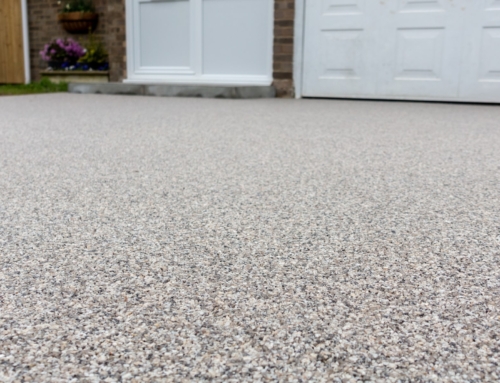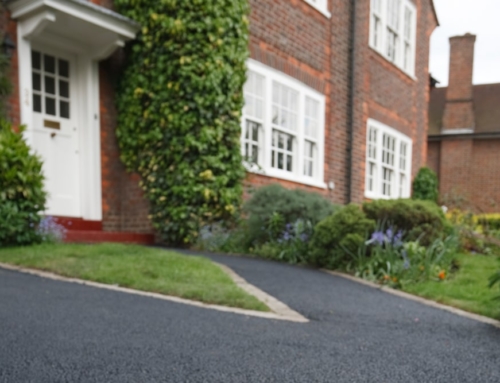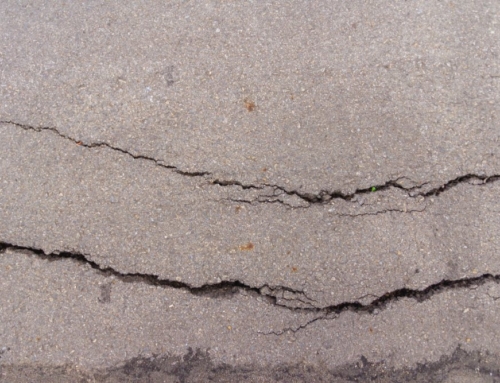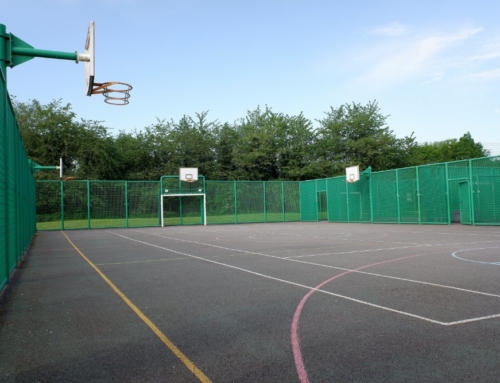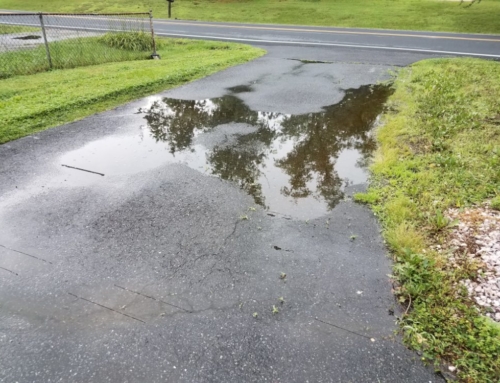Can I Apply Sealer Myself?
The sealing of block paving is an important part of the process, and one that can be daunting to those with no experience in the area. However, sealing can be done as a DIY project, and in this article, the team at UK Surfacings are going to talk you through the process of applying sealer yourself.
Sealing your block paving is an seven-step process:
Step 1: Clean the paving
Clean the paving thoroughly. It’s important that you get rid of all of the weeds, dirt and debris where possible; consider using a pressure washer if you have one, and/or a wire brush.
Step 2: Drying
Allow for the area to dry completely before proceeding.
Step 3: Remove excess
Loose debris can be brushed away, should there be any remaining after you have cleaned the paving and left it to dry.
Step 4: Jointing sand application
The joints – which will now hopefully be empty after you’ve cleaned them – need to be filled with sand. Using specialist jointing sand or kiln dried sand is recommended.
Step 5: Excess sand removal
After filling the joints with sand, brush away the excess sand from the paving to keep it clear for the next step. Now is a good time to prepare your sealing kit for use, too.
Step 6: Applying the sealant
Paving cleaned, washed and dried, it’s time for the first coat of sealant. It is best to do this on a dry, warm day; if it’s too warm, the sealant might dry too fast, so don’t do it at the height of summer, for example. Be sure to carefully examine the usage instructions of the sealant and take all necessary safety precautions, from gloves and goggles to ventilation of the area.
Using a roller, apply the sealant. When applying sealant to your paving, be sure it is applied sufficiently in each joint – the sand should take on a darker hue when you’ve covered it properly. You should leave the sealant to dry for between 1-2 hours.
Once dry, the second coat should be applied, using a spray bottle filled with sealant. This helps to increase coverage, especially if the second coat is applied perpendicular to the direction of the first. A roller can still be used, if you prefer.
Step 7: Second drying spell
Leave the second coat to dry, this time for at least 24 hours. In summer, leave an extra couple of hours before walking on the newly sealed surface, and a full day before driving on it. In the colder months, allow even more time before any vehicles come into contact with the surface.
Sealing a driveway can be done by yourself, at home or your place of work. A sealed driveway enjoys much stronger protection against sunlight, water and air, as well as oil spills, and it lends itself to an easy cleaning process. It is important to note that if you do seal your driveway yourself, it will need to be re-sealed every couple of years as vehicle usage will wear the sealant away over time.
UK Surfacings are proud to provide the highest quality surfacing solutions for domestic and commercial customers throughout Surrey, London and the surrounding areas. For more information, please get in touch with us today.

